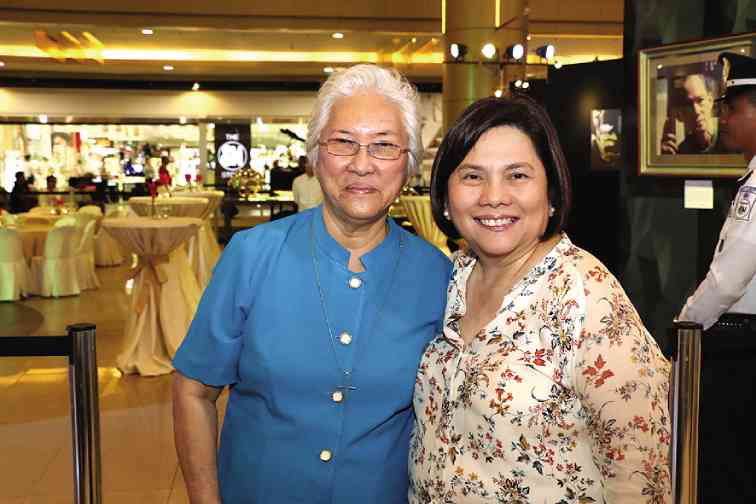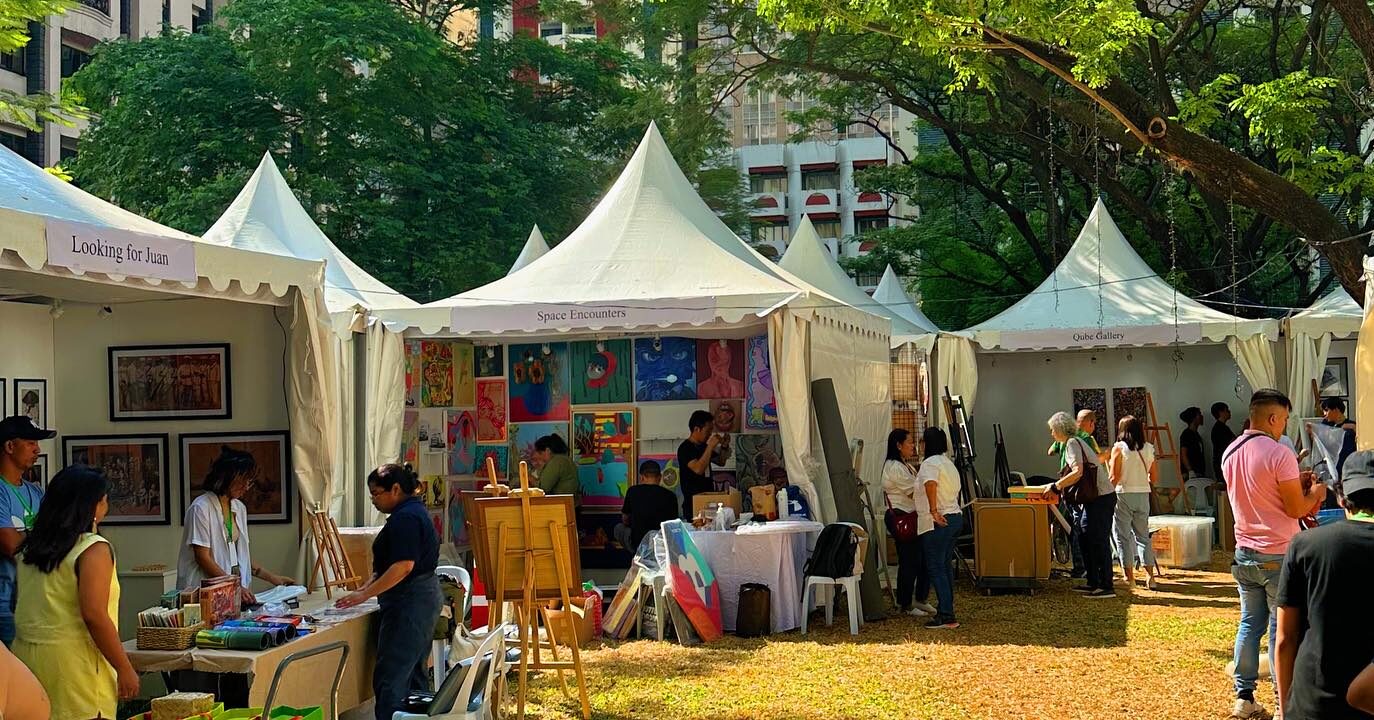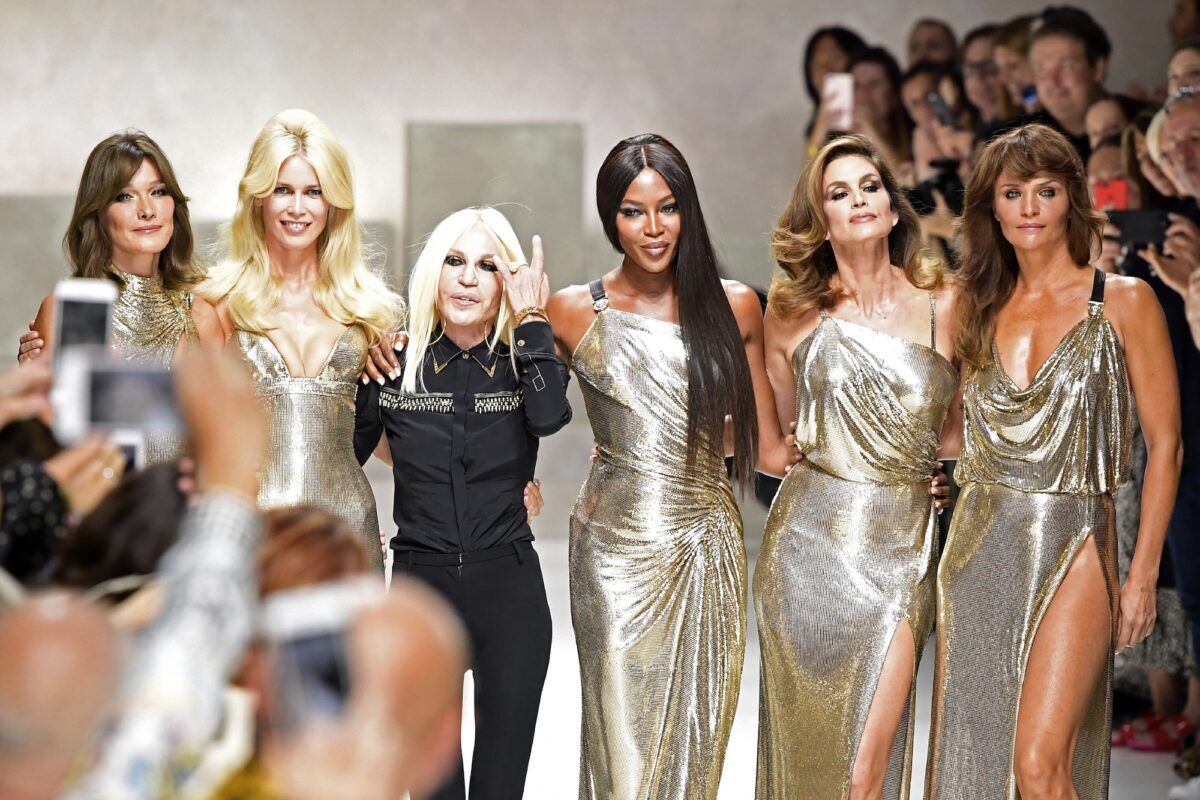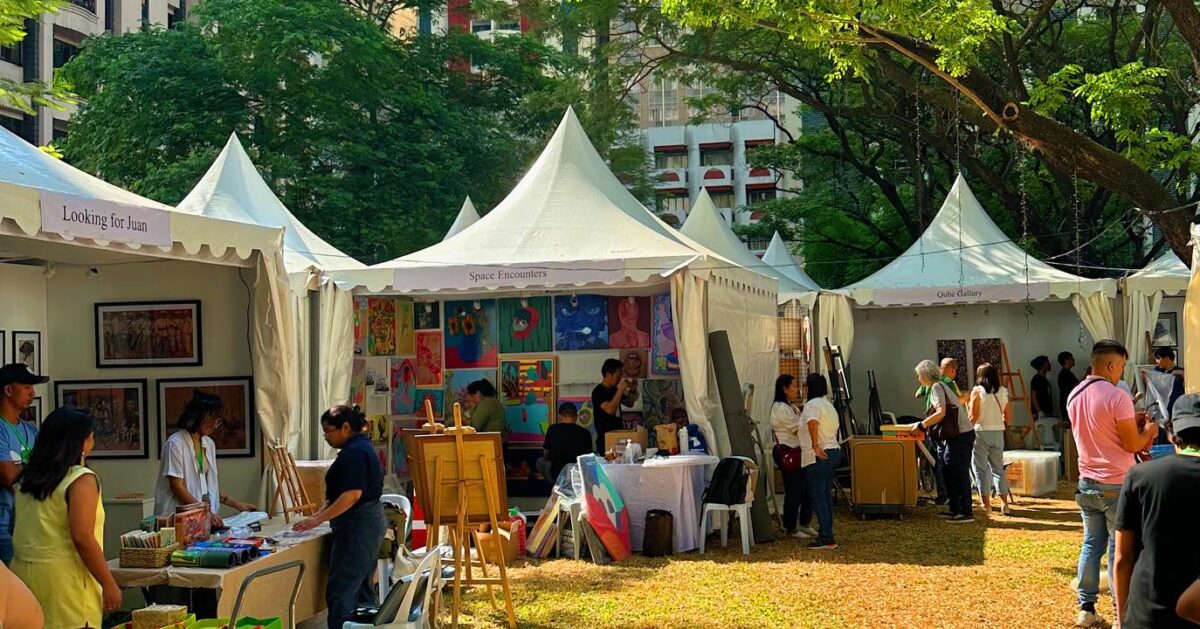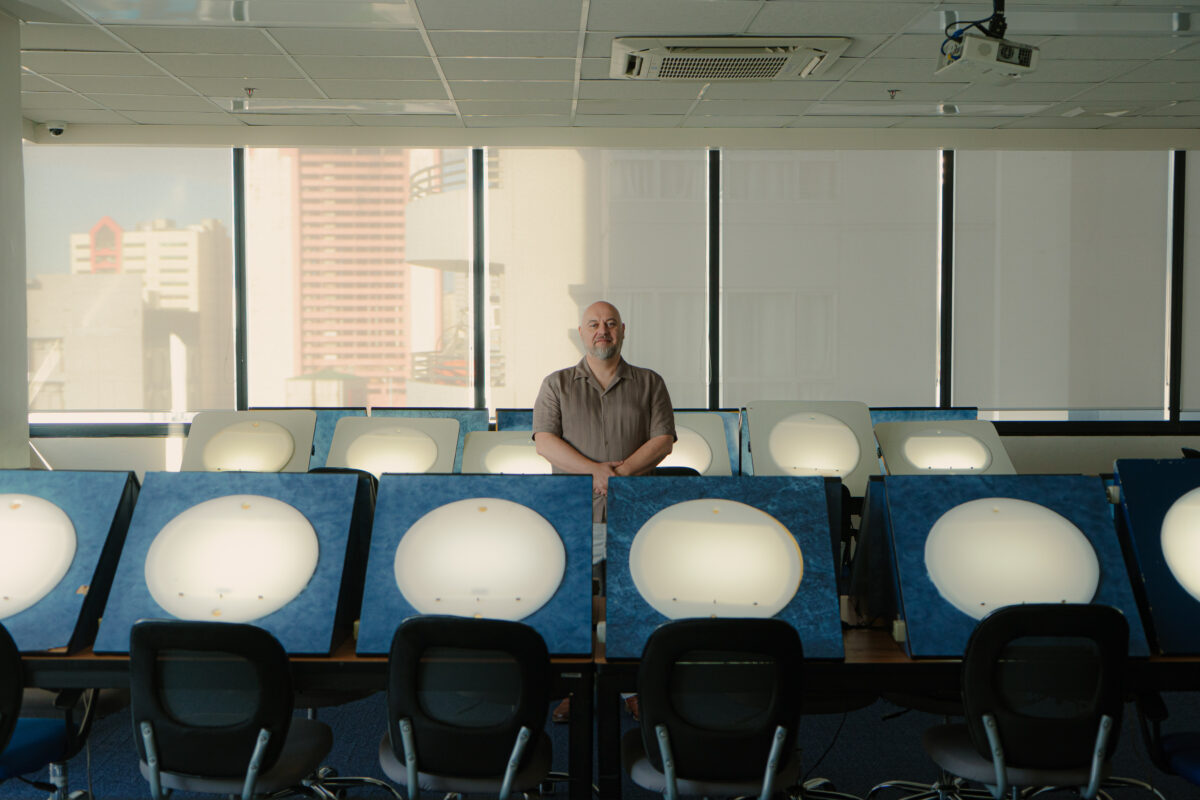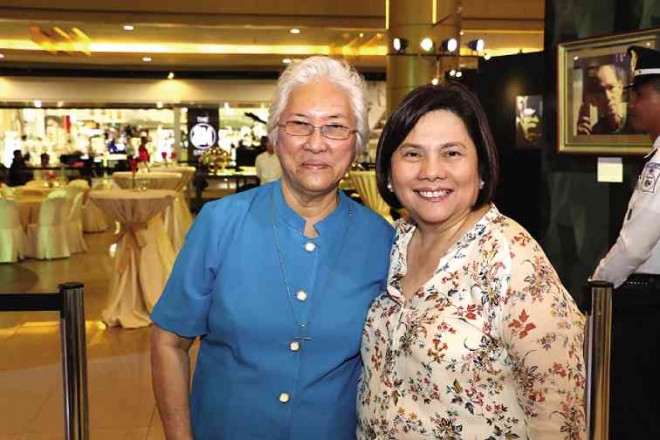
IF THERE was one exhibit that stood out in both scale and splendor, it had to be “The World Through the Eyes of Martino Abellana,” which was not just a cut above the rest but was simply superlative.
Organized by SM City Cebu and Sacred Heart School for Boys Batch 1985 Foundation, headed by art aficionado Michael Dino and his son Lorenzo Dino, and SM City Cebu, the ambitious retrospective was a beautiful tribute to the Cebuano master painter, showcasing over 100 of his original works from 1937 to 1988, the year he passed away.
The artworks on exhibit were owned by his family, artist friends and local art collectors, and almost all the pieces were done in his signature medium of oil on canvas, and were portraits of prominent Cebuanos including Judge Wenceslao and Margarita Briones Fernan, Juanito and Rufina King, Yoly Oporto, Carmen Martinez and Alma Aznar Holopainen, as well as idyllic landscapes and seascapes, abstract art and charcoal figures.
Born in the southern Cebu town of Carcar in 1914 to a family of artists, Martino Abellana grew up surrounded by art and classical music. His father, Teofilo, a school principal, was a sculptor who had stirred his child’s passion for art when he came home one day with a blackboard and colored chalk.
Martino and his brothers used it to draw figures and sketch what they saw around them, often encouraged by their father to push themselves more.
Learning from the best
The young Abellana decided to pursue a degree in Fine Arts, and as a student at the University of the Philippines’ School of Fine Arts in Manila in the 1930s, he learned from the best artists, including National Artist Fernando Amorsolo and his brother Pablo, Guillermo Tolentino, Irineo Miranda, Ramon Peralta, and Vicente Rivera y Mir.
His legacy is rooted not only in his paintings but also in his role as an educator, having conceptualized and established the Fine Arts program at the University of the Philippines Cebu together with his friend and colleague, Julian Jumalon.
Here, he became mentor to a whole generation of Cebuano painters who, in turn, made him proud by becoming outstanding artists themselves.
What made this tribute exhibit to the “Dean of Cebuano painters” extra special was seeing the works of his students, including his nephew Romulo Galicano, SYM Mendoza, Adeste Deguilmo, Kimsoy Yap and Mar Vidal, next to his.
Yumi Espina, dean of the College of Architecture and Fine Arts of the University of San Carlos, who knew Abellana from childhood and has taken private art classes with him, reminisces how he couldn’t understand why Noy Tinong (as Abellana was known to his close friends and students) would make him look up at the clouds in the sky, and ask him if he could see shades of green and pink. “For the life of me, all I could see then was white against blue,” Yumi recalls.
Abellana would then go on to explain the theory of atmospherics, or that colors are always affected by their surroundings. He learned to appreciate Abellana’s teachings only when he himself decided to pursue an education in art.
Artist Gil Maningo, known for his caricatures in Cebu Daily News, explains three important lessons his Noy Tinong taught him: the importance of health —“how can one work properly if one is not healthy?” he would say; discipline and the need to keep one’s work area clean and neat; and punctuality, for “one only embarrasses oneself when a commitment cannot be met on time.”
Deguilmo, meanwhile, recalls an experience with his mentor when he was sketching a tamarind tree outside his classroom. After countless failed attempts at capturing its appearance and many crumpled sheets of paper later, Abellana’s voice boomed: “Pick another subject. That tree is not for you.” He had been watching Deguilmo all this time, and he explained that the brain works mechanically. “Once it jams, it cannot function properly unless a suitable alternative is found,” he said.
Cebu’s watercolor master, Yap, nostalgically remembers Abellana as “not just a mentor. He was also like a father.”
We might not have had the chance to meet the legend himself, but seeing his works and listening to how those he mentored talk about him make him an extraordinary man in our book.

